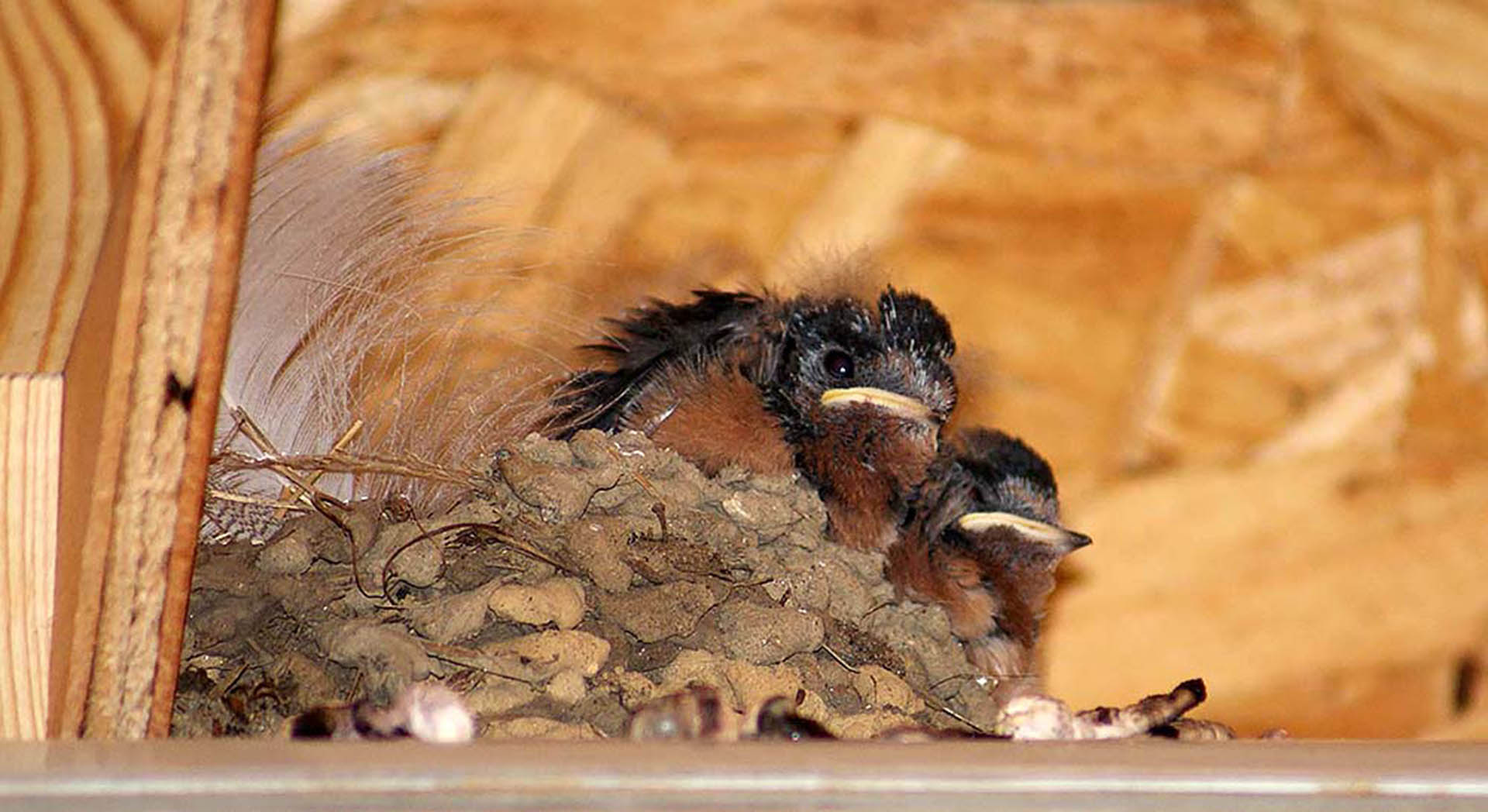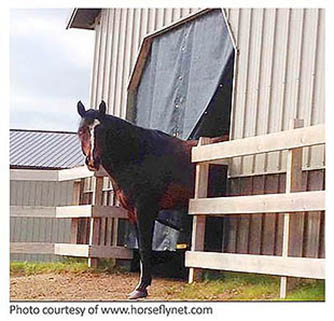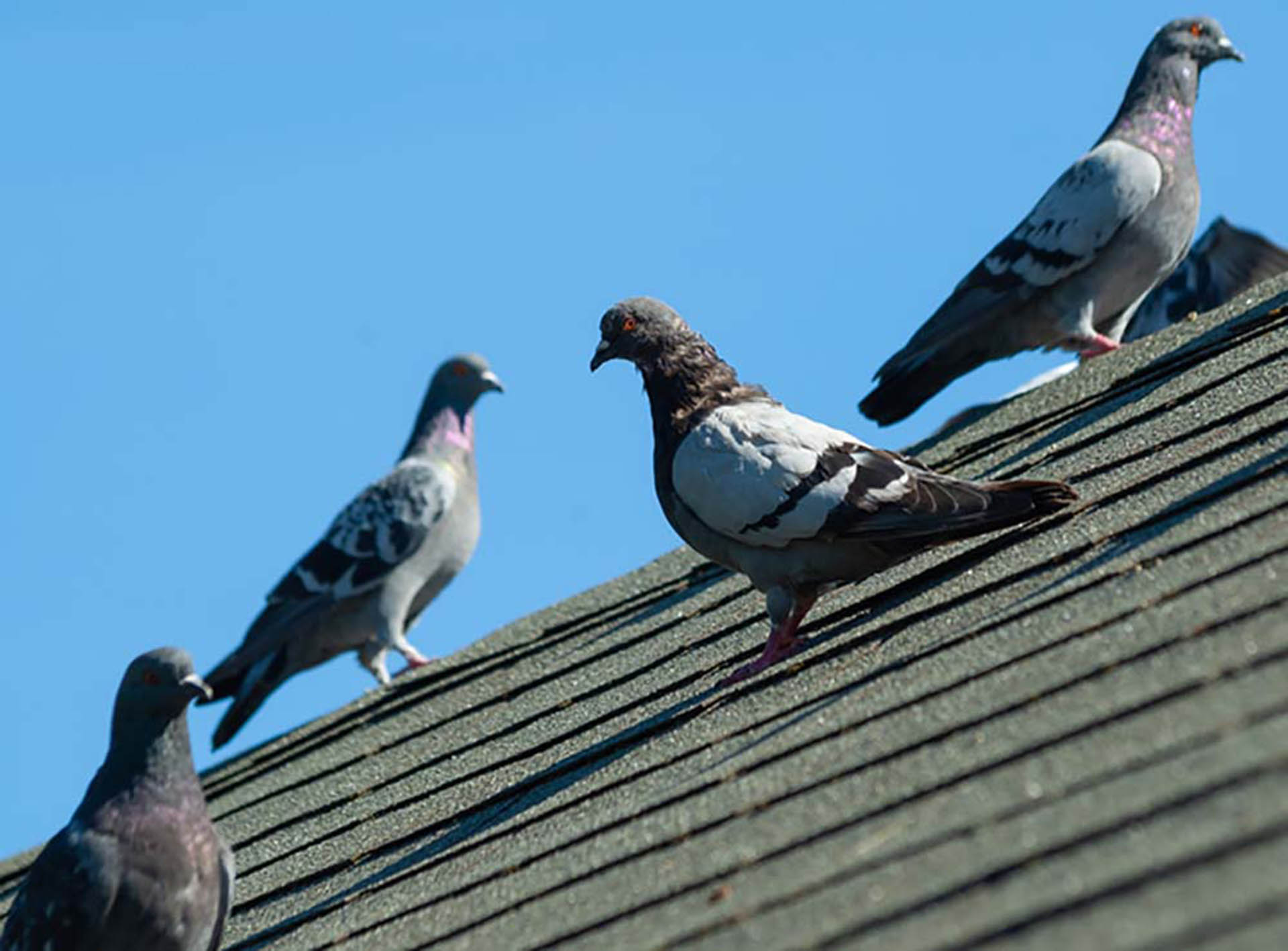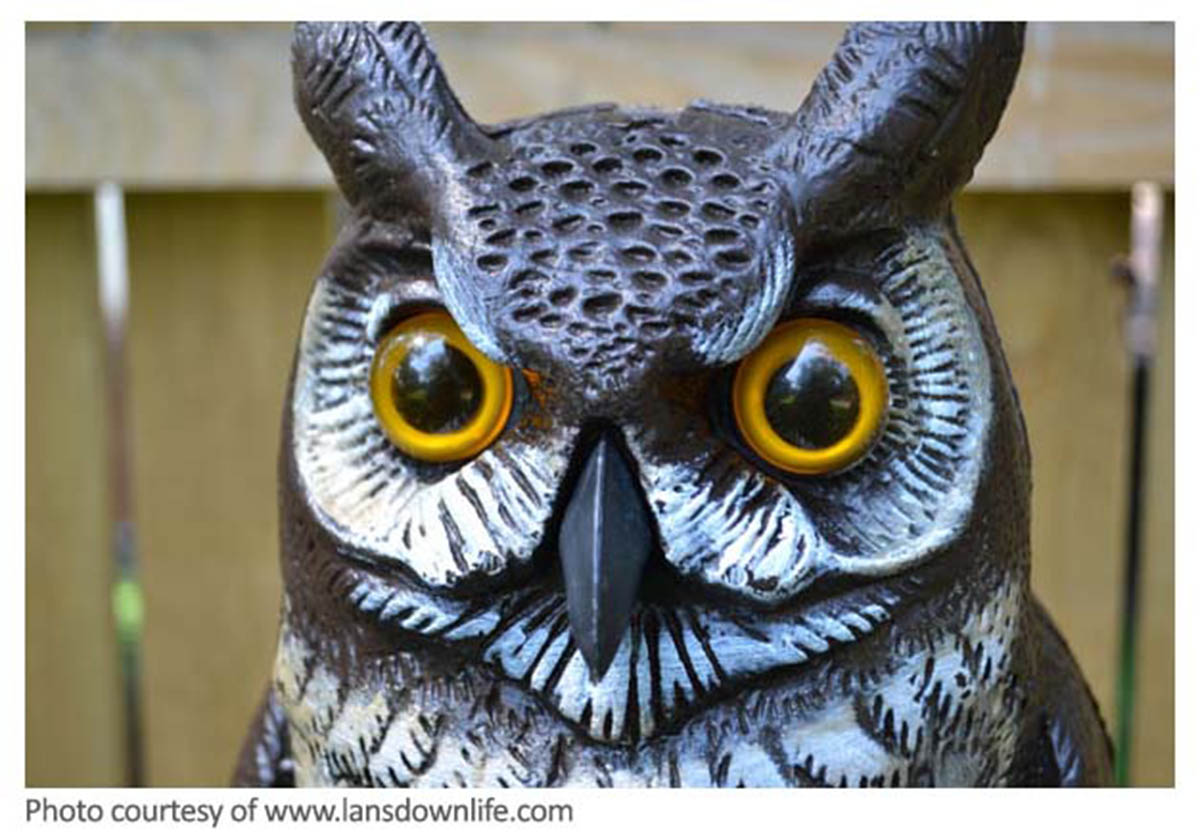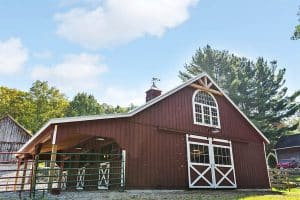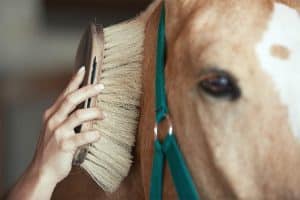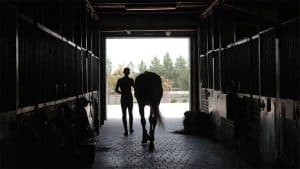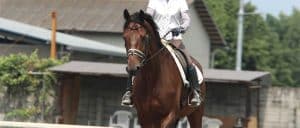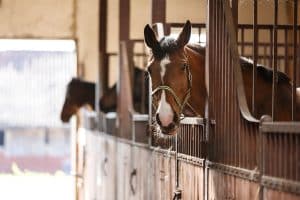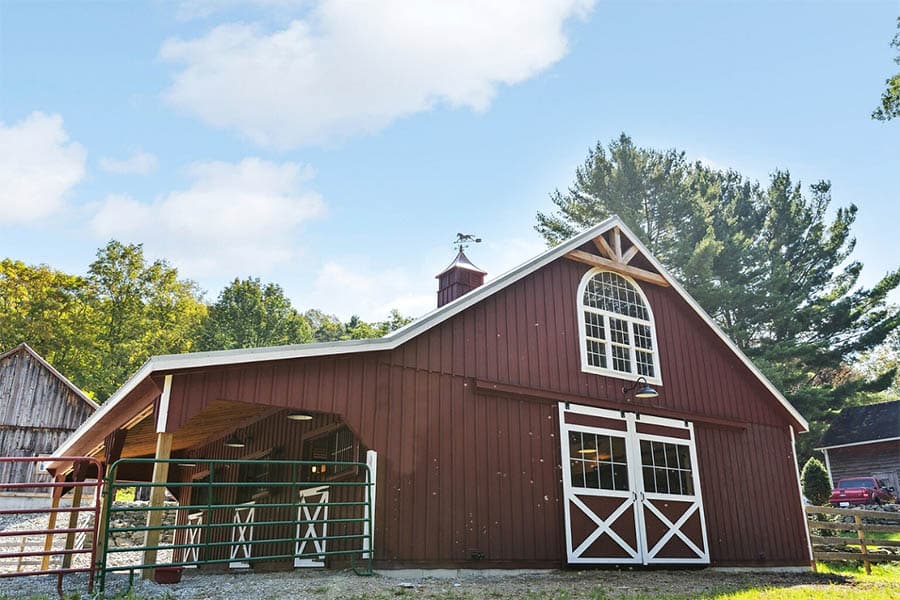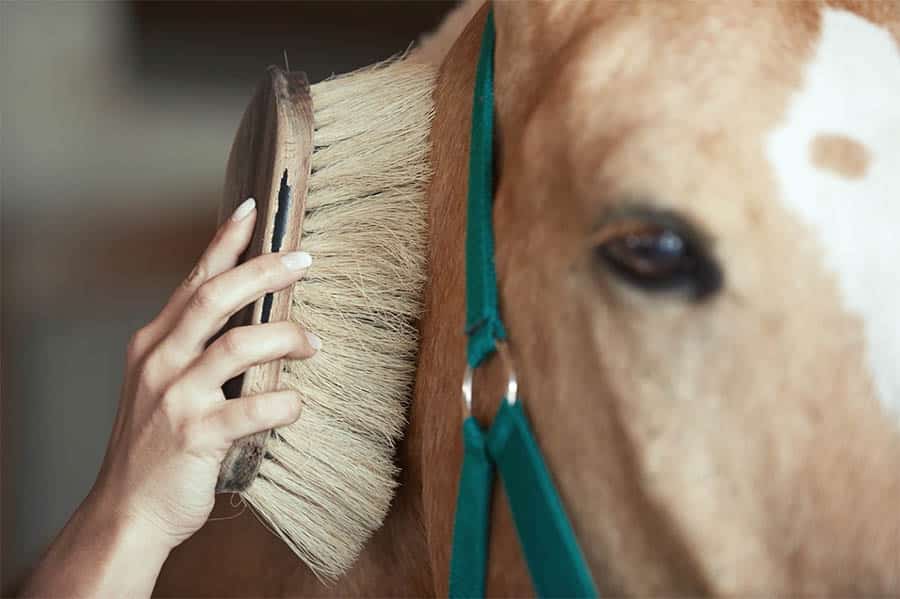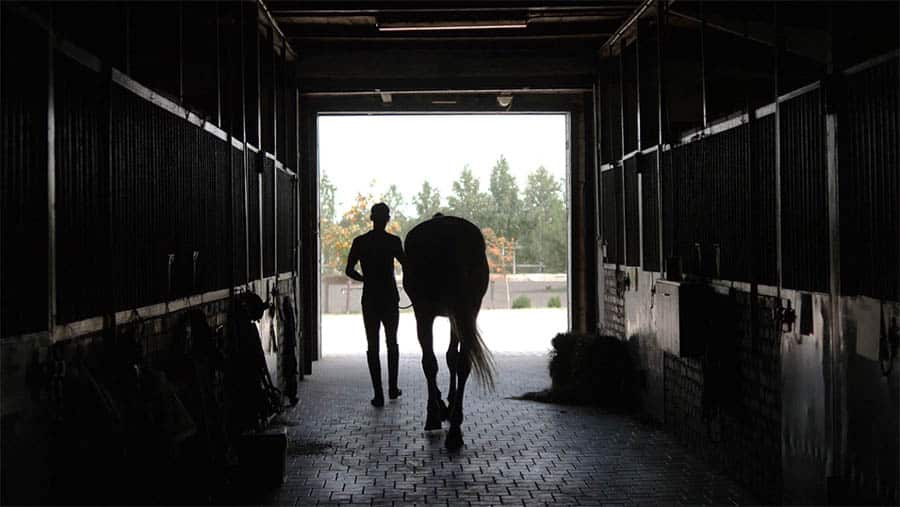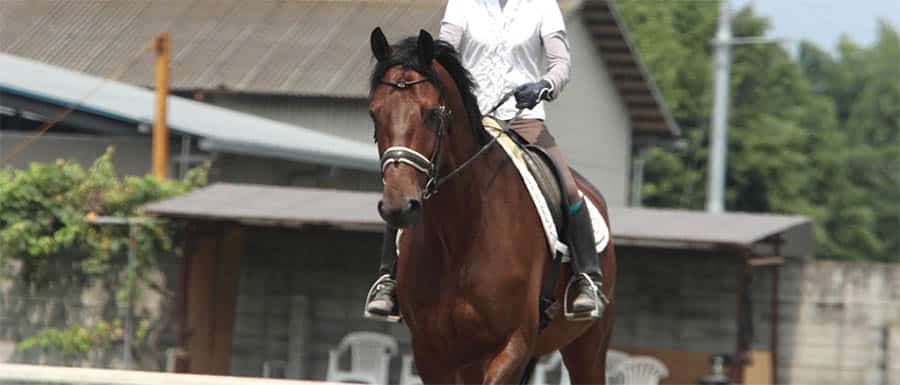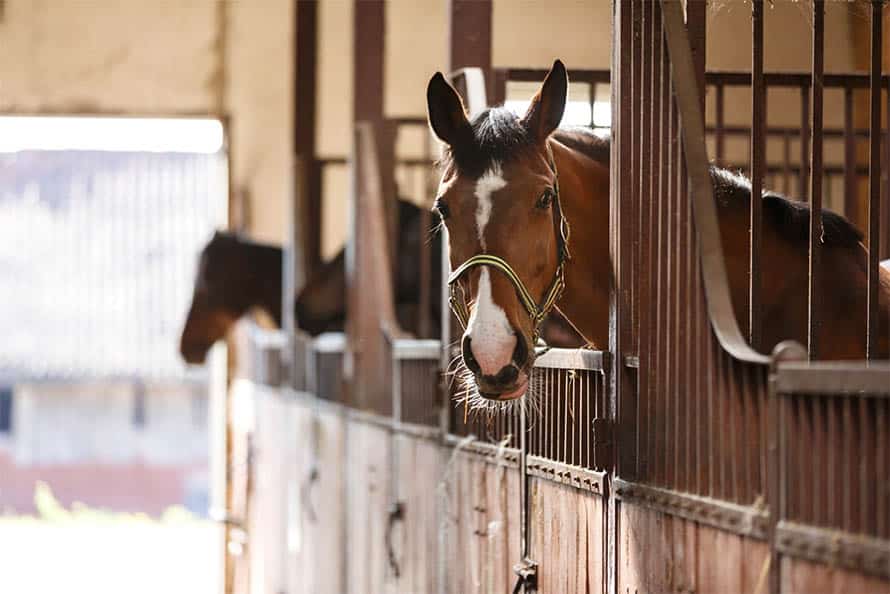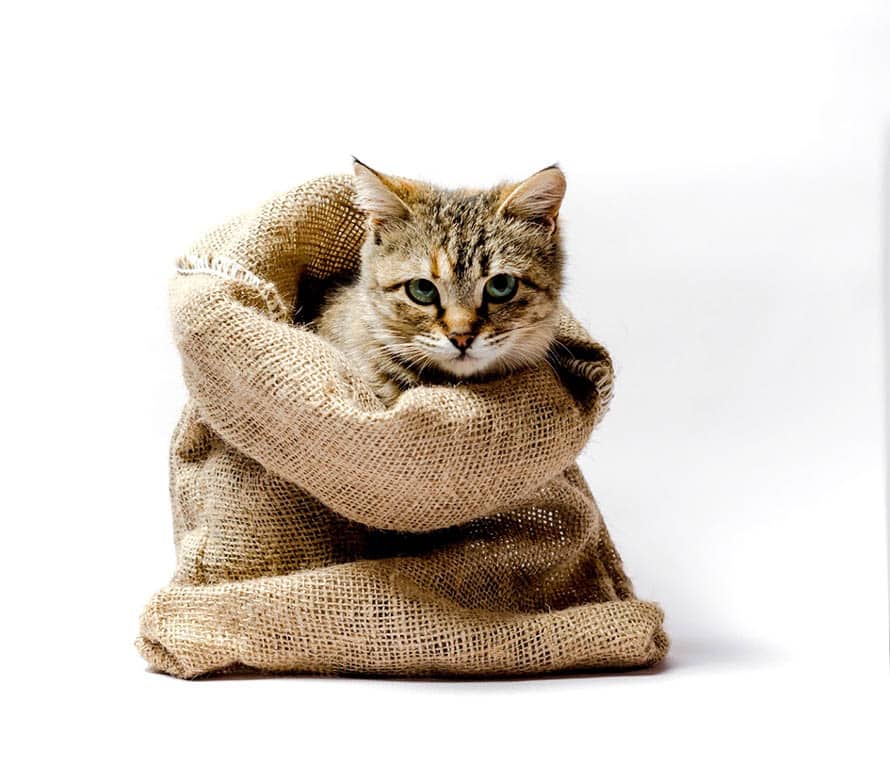With mosquito season around the corner it may be prudent to consider how you can protect your horse barn from bird infestation. While we may not mind the presence of sparrows or finches nesting in barn rafters, or pigeons flying around the indoor arena, unfortunately breeding sites for birds do pose a threat to horse health. Birds and barns go together like bats and belfries. The presence of nesting birds, due to the mess their droppings can cause with unwanted decoration of walls and walkways, can drive some barn owners mad.
Certain bird species do feed on insects and can mitigate the overall bug population in the barn, but in most cases the risk of infection with certain diseases from bird infestation overrides that benefit.
Diseases such as West Nile are not directly transmitted from infected birds to horses. The virus is transmitted when a mosquito takes a blood meal from an infected bird, then feeds on a horse. The prevalence of West Nile in the avian community across 250 plus species has caused some States to relinquish their suggestions for bringing dead birds in for disease testing at government centers for disease control.
Hopefully you have vaccinated your horses for West Nile and the myriad of mosquito transmitted diseases. As humans we have not received such vaccinations and remain at risk for disease via mosquito bites.
Sanitation issues from bird droppings can pose other health problems for horse and humans too, including Salmonella, botulism, candidiasis and histoplasmosis (fungal infections) and even streptococcal infections.
Due to these possible health issues for your horses the AAEP recommends all birds (including chickens) should not be located in or close to a stable. Although AAEP admits that chickens can be beneficial in the horse’s environment. When chickens spread horse manure as they look for food, infective roundworm eggs can be exposed to the sun and other elements resulting in their death. This protects the horse from the risk of ingesting infective larvae.
With all this being said, just how can you control birds and keep from nesting in the barn rafters?
Unfortunately, there is no full-proof method but there are several things you can do to minimize their presence.
Start with Smart Barn Construction
Soffits and eaves of a barn can be protected from becoming exits and entryways for birds with the addition of a simple wire barrier. This means at least when the doors and windows are sealed, the building can be protected from bird invasion.
Windows should always be screened to protect the horse from mosquitoes and other insects and this will also serve as a barrier to avians.
Doorways can be fitted with long plastic strips that will allow human and horse foot traffic while providing a soft barrier to birds. Naturally your horses will need to learn how to happily navigate the strips but with the right introduction most horses can be trained to accept their addition to the structure.
The sill at the top of the wall (top plate) where the rafters sit and where birds love to nest, may be fitted with a board to facilitate a literal catwalk so your feline friend can hunt down birds on sight. Some folks advocate laying sticky tape on top of surfaces where birds like to nest to put them off setting up house. Personally, I think this is inefficient as at best it will quickly dust and become ineffective and at worst you’ll have small vermin stuck to it, which may pose a health issue from botulism as their carcasses decay.
You will not be able to completely stop the presence of birds in the vicinity of the barn, as weathervanes and cupolas are perfect perching spots. However, you can protect your gutters and roof edges from a parade of pigeons setting up as ‘soldiers in rank’ with simple anti-perching, anti-roosting bird spikes. Made of bendable plastic or stainless steel, these spikes humanely deny pesky birds a place to land as they have blunt tips.
Don’t Rest When You Spot A Nest
Stay vigilant during the Spring and Summer nesting months and take down any signs of nest building as soon as you see them. If you take the trouble to ascertain the species of bird you are dealing with it is simple to do some research to learn its specific nesting patterns. It is much kinder to remove the nest during its construction phase than be faced with turning eggs and chicks out of their homes later. Removal may be required multiple times before the nesting pair give up the site, especially if it has been utilized previously as desirable avian real estate.
Look Up ~ Keep an Eye On The Sky
The prevalence of pigeons or other birds in a barn or indoor riding arena can also pose a safety hazard to the horse and rider. Their sudden appearance or noise from fluttering around the interior space can cause a horse to spook and result in an accident. Pigeons in particular make a lot of noise and once they take up residence they can be difficult to remove. So look up and keep an eye on the sky and if you see these birds in your neighborhood, keep your barn doors closed during nesting season and at dawn and dusk.
It is also common to have a building that has not yet been discovered as perfect roosting real estate suddenly overcome with a bird population. This is usually the result of another building in your vicinity evicting them from their previous home.
At my farm our neighbor had an old double-bridge dairy barn that was in poor repair. Their insurance agent considered the ancient structure a hazard and would not issue property insurance unless it was demolished. Sadly the barn was knocked down and within a few hours it was a pile of wood and stone. The large pigeon population that had sheltered in the building for many years, immediately attempted to take up residence in our barn and indoor arena. They were extremely persistent and for several weeks we had to keep the doors to the structures closed. They briefly left, only to return later. Each year a large flock of pigeons follow their ‘homing’ instincts and return to our farm so we are vigilant and keep an eye on the sky so we can close the doors before an infestation occurs.
Get a Cat
A cat may or may not hunt, however hungry it may become. While cats are common pets and wander around in the horse-housing environment, some cats have little interest in actually catching vermin or birds. My daughter took in a rescue cat, specifically to curtail the mouse population in her Vermont log cabin. Much to her chagrin, she found the cat would find a mouse and then appear to have a conversation with it! It has no interest in hurting the mouse or chasing it off. A cat’s particular patience combined with stealth and playful chasing can deter many birds from taking up residence in the rafters. If you are allergic to cats, then sadly this may not be an option.
Toy with Plastic Owls and Windmills or Spin a DVD
Any natural predator present in the barn will be off-putting to the nesting bird. Large plastic owls available at farm supply shops can be hung or placed around the barn and may deter the more skittish species of avian. It is wise to move the owls regularly for maximum terrorizing effect as otherwise the birds will become accustomed to them and not take them seriously.
In gardening you often see toy plastic windmills set in groups in the vegetable patch to deter damaging bird traffic from lunching on the growing produce. The shiny surfaces, bright colors and noise when whirring can deter birds, as can the vision of a light catcher in the form of a DVD hung from a string catching the light as the wind spins it around.
As birds can pose such health risks to our horses it is best to take precautions to minimize their presence in your barn or building. If you are considering building a new barn, ask the Horizon Structures team for advice on costs and installation of bird barrier methods throughout the structure. It’s a lot easier to do now than later!


